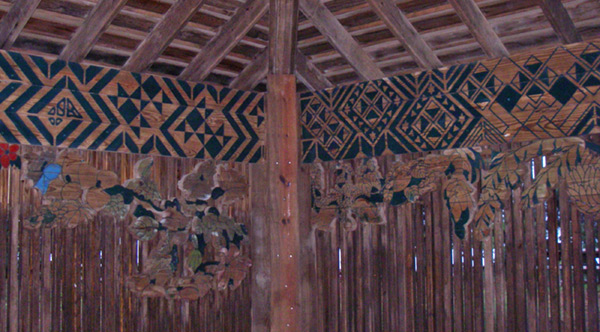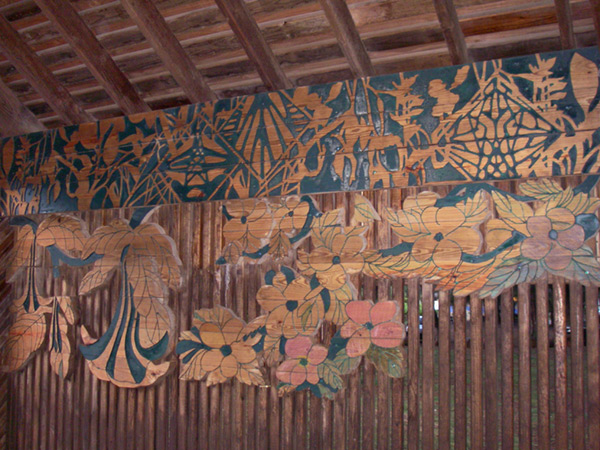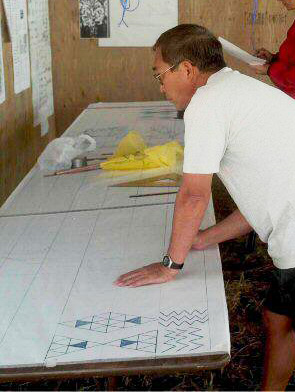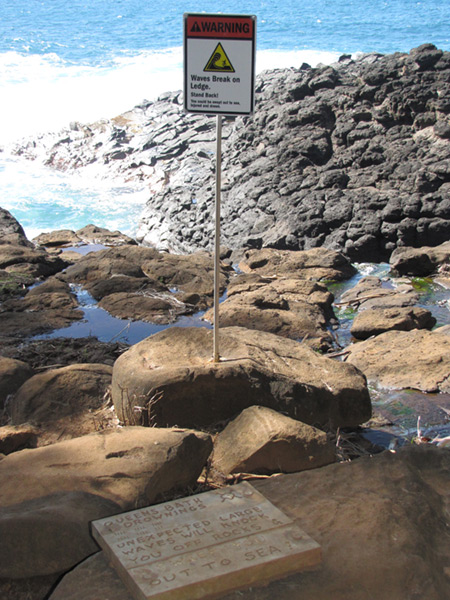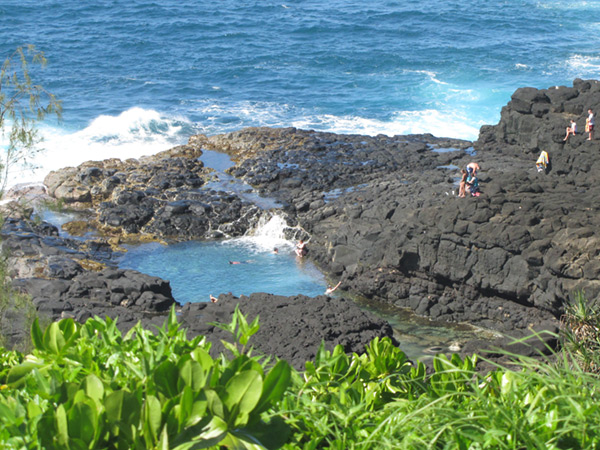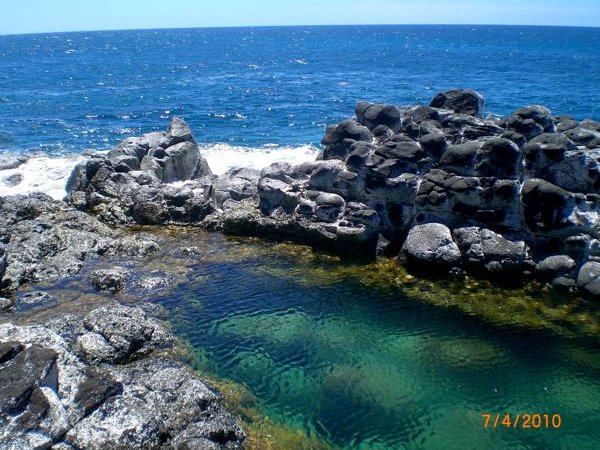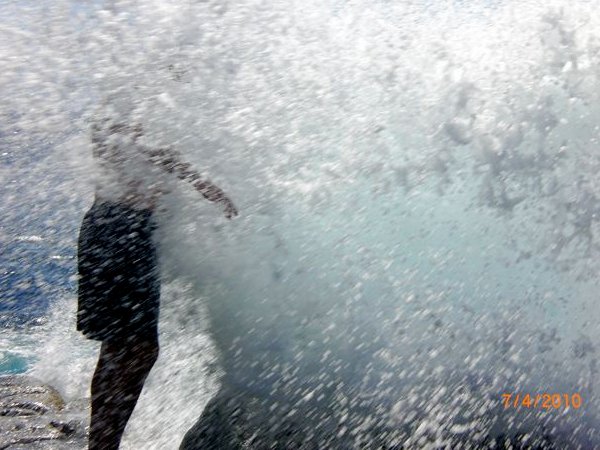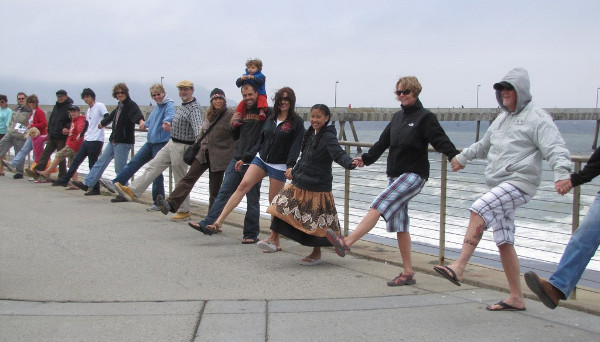I received a good question in the comments from Mike:
I have hiked all or portions of the Kalalau Trail many times over the past 35 years but only in the summer. I will be on Kauai this November for Thanksgiving and want to hike Ke’e to Hanakoa. Given the date of Nov 29th what would I reasonably expect for weather and hours of daylight? I figure about +/- 4 hours each way maybe less. Mahalo
You’re lucky, Mike, because there are two big changes in Kalalau permits right now, but you should not be affected.
The first is that the entire Kalalau trail beyond Hanakapi’ai and all the campsites are being closed for two months starting last week. I have to assume it started, because I’m not on-island right now, and I’m just reading about it on the State Parks website and Garden Island newspaper. This unprecedented closure is for “rockfall mitigation” on the cliff that overhangs the waterfall, beach and first cave area.
They say the work should easily be done by the beginning of November, so you have several weeks of buffer in case the work runs over. Still, you should call and get a permit for your stay (I am assuming they’re issuing permits for the end of November, I haven’t confirmed it myself). Because if they don’t finish the work, the trail will be closed, and they will probably notify permit holders.
The second is that there has been a slight change to the camping permits for Hanakoa. From the State Parks website again:
[B]eginning May 19, 2010, permits for Napali Coast will be issued for Kalalau only, the preferred destination at the end of the 11-mile Kalalau Trail. However, permits for Kalalau will also be valid for camping at Hanakoa, which is located a little beyond the halfway point of the trail, roughly 6 miles in from the trailhead. Permits specifically for Hanakoa will no longer be issued, but hikers are encouraged to stopover and camp at Hanakoa if they possess a valid permit for Kalalau and they feel the need to break up their trek due to such factors as fatigue, inclement weather, or impending darkness.
…
This new policy will also take the mystery out of the trip planning process for visitors who are unsure whether they can make the full trail in one clip. This provides the flexibility to stop at Hanakoa or continue on to Kalalau without apprehension regarding the legality of a permit.
So you’ll need to ask for a Kalalau camping permit, even if you know you’re only going to Hanakoa. It won’t hurt to tell them where you plan to stop, but I assume it also simplifies their permit system to only record Kalalau permits. I doubt they changed the quotas in Kalalau to account for this new policy, but I don’t think you’ll have any trouble in November.
However, one reason for easy permit availability is that the first winter storm, the kind that covers the whole island for 2-4 days, usually happens between mid-November and mid-December. Be sure to check the weather forecasts, because storms usually mean flash flooding, and you don’t want to get in a dangerous spot or be trapped for an extra day because you can’t cross back over Hanakapi’ai stream.
Assuming you avoid the storm, the rest of the time can be hit or miss with overcast skies and rain or nice sunshine. And the section between Ke’e beach and Hanakoa is the wettest in general, so expect slippery rocks and mud on the trail. I strongly suggest sturdy hiking boots and a pair of hiking poles. The upside is that you’re going for just one night, so it’s easier to put up with being wet, because you know you’ll be hiking out the next day.
As for hours of daylight, I found a simple website that gives sunrise and sunset times for Honolulu, which should only be a few minutes off from Kaua’i (some hiking GPS devices can give you this info too). For November 29, it says sunrise at 6:51am and sunset at 5:48pm, so you get 11 hours of daylight. In the tropics, winter days aren’t as short as on the mainland (but summer days aren’t as long).
I would count on at least 4 hours each way, and only if you’re going light and not planning many stops. Personally, I like the valleys between Hanakapi’ai and Hanakoa, so I like to take my time there if I can. You’ll still have plenty of time to hike to the waterfall at Hanakoa, it’s less than a half mile from the campsites there. In any case, have a great hike and let us know in the comments how it went.






